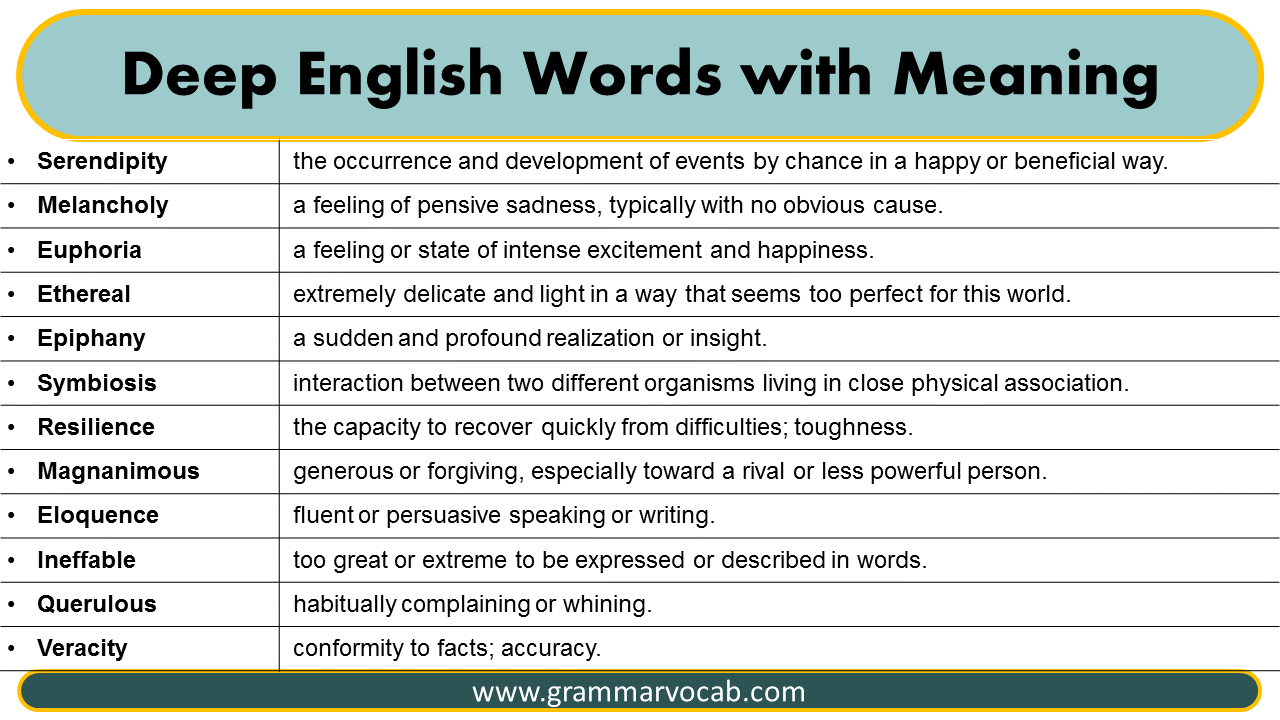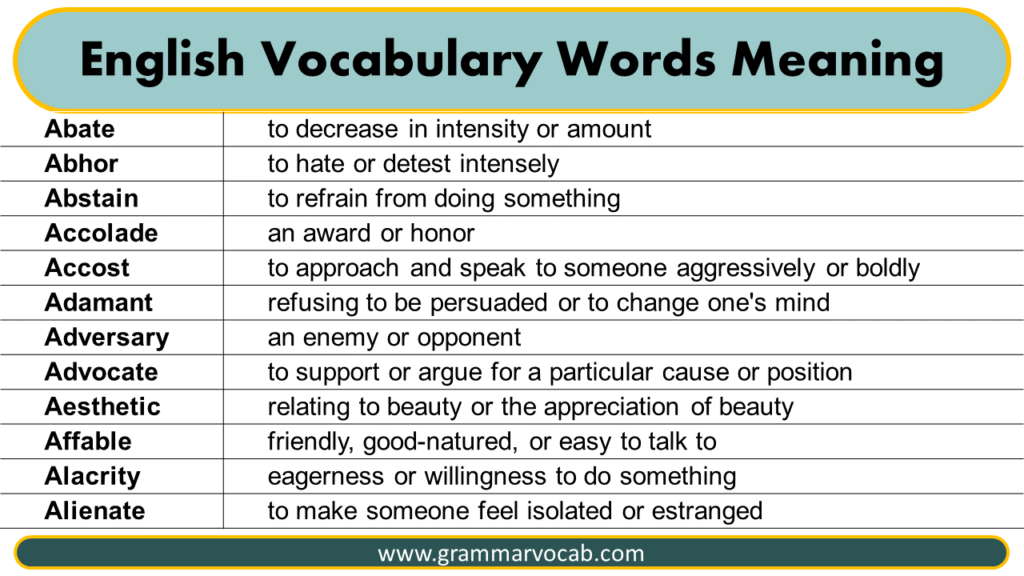What Is The Meaning Of Magellan? Unpacking A Name Of Global Significance
Have you ever stopped to think about how some names just stick with us through history, taking on a life of their own? It's kind of fascinating, really, how a name can become so much more than just a label. We often use words and symbols to represent big ideas, and their definitions can grow over time, just like an online dictionary that is continuously updated with new words and meanings. So, when we ask, "What is the meaning of Magellan?", we are looking at something far beyond a simple biography.
The name Magellan, you know, carries a lot of weight. It brings to mind images of vast oceans, brave explorers, and moments of real discovery. It is a name that, in some respects, has come to stand for a huge turning point in human understanding of our planet. Just like how mathematical symbols, for example, like the ∈ symbol, represent a specific concept in a formula, Magellan represents a whole collection of ideas about human endeavor and curiosity.
To truly get a sense of what Magellan means, we need to look at the person behind the name, Ferdinand Magellan, and the incredible journey he led. It's about understanding the historical events that shaped his legacy and how, in a way, his actions gave his name a lasting definition that continues to resonate today. This exploration of meaning is quite similar to looking up words in a dictionary to find their origins and concepts, as my text suggests, or even figuring out the meaning of various equality symbols in a math problem.
- Tom Hardy Latest Movie
- Morgan Freeman Left Hand Amputated
- Tom Hanks Animal Documentary
- Gary Oldman Hannibal Makeup
- Patrick Stewart Ian Mckellen Waiting For Godot
Table of Contents
- Who Was Ferdinand Magellan?
- Early Life and Aspirations
- The Grand Idea: A Western Route
- The Voyage of Circumnavigation: A Journey of Discovery
- Setting Sail: The Fleet and Crew
- Challenges and Hardships
- Reaching the Pacific
- The Tragic End in Mactan
- The Return of the Victoria
- What Does "Magellan" Mean Today?
- A Symbol of Exploration and Perseverance
- Geographical Namesakes
- Scientific Discoveries and Space Exploration
- Beyond the Name: Lessons from History
- Frequently Asked Questions
Who Was Ferdinand Magellan?
Ferdinand Magellan, or Fernão de Magalhães as he was known in Portuguese, was a sea captain from Portugal who organized the Spanish expedition to the East Indies. This was a very ambitious plan to find a western sea route to the Spice Islands. His journey, you know, became the first circumnavigation of the Earth, even though he did not complete it himself. His efforts really changed how people saw the world.
Personal Details and Bio Data
| Full Name | Ferdinand Magellan (Fernão de Magalhães) |
| Born | c. 1480 |
| Birthplace | Sabrosa, Portugal (or Porto, Portugal) |
| Died | April 27, 1521 |
| Place of Death | Mactan, Philippines |
| Nationality | Portuguese (later served Spain) |
| Known For | Leading the first expedition to circumnavigate the Earth |
| Notable Achievement | Discovery of the Strait of Magellan |
Early Life and Aspirations
Magellan was born into a family of minor Portuguese nobility, so he had some connections. He served as a page to Queen Eleanor, and later to King Manuel II, which gave him a good start. He got an education, which was quite something for the time, and learned about cartography and astronomy. He also gained experience in the sea battles and trading trips that Portugal was involved in during its age of exploration. He was, you know, really drawn to the sea and the idea of finding new paths.
His early experiences included voyages to India and Malaysia, which gave him a lot of practical knowledge about the spice trade and the geography of the East. He even took part in the conquest of Malacca. These experiences shaped his thinking and made him believe that there was, perhaps, a quicker way to reach the Spice Islands. He was, in a way, always looking for a better approach, much like someone trying to grasp the meaning of topology or convolution in a complex course, trying to find a clearer concept.
- Gary Oldman Range
- Ryan Gosling Star Wars
- Jeff Bridges Car Movie
- James Mcavoy And Lisa Liberati
- Matthew Mcconaughey Quote About Living
The Grand Idea: A Western Route
Magellan became convinced that the Spice Islands, which were very valuable, could be reached by sailing west, around the southern tip of South America. This was a very bold idea, as no European had ever done it. He presented his plan to the Portuguese king, but he was turned down. This was a big setback for him, you know.
Not one to give up, he took his idea to Spain, Portugal's rival. Spain's King Charles I, who would later become Holy Roman Emperor Charles V, saw the potential. Spain was looking for its own path to the East, avoiding Portuguese control. So, after much discussion, a deal was made, and Magellan was given a fleet of ships and a crew. This moment was, honestly, a real turning point for him and for history.
The Voyage of Circumnavigation: A Journey of Discovery
The journey Magellan led was a true test of human endurance and courage. It was a long, hard trip that pushed the limits of what people thought was possible. The meaning of Magellan, in a very real sense, comes from the sheer scale of this endeavor and the lasting impact it had on the world. It was, quite literally, a reshaping of global maps.
Setting Sail: The Fleet and Crew
On August 10, 1519, Magellan set sail from Seville, Spain, with five ships: the Trinidad, San Antonio, Concepción, Victoria, and Santiago. He had about 270 men on board, a mix of Spaniards, Portuguese, and others from various European countries. The crew was, you know, a pretty diverse group, and they were all hoping for riches from the East. Their journey was meant to be a commercial venture, but it became something much bigger.
Getting ready for such a long trip was a huge undertaking. They had to load enough food, water, and supplies to last for months, maybe even years. The ships themselves were, apparently, not always in the best shape, and there were arguments among the captains and crew even before they left. This kind of preparation, you know, is a bit like setting up a complex system, where every detail matters, much like how typographical symbols and punctuation marks are used in typography with a variety of purposes to help with clarity.
Challenges and Hardships
The voyage was full of difficulties. They faced storms, mutinies, and starvation. One ship was lost early on, and another, the San Antonio, turned back and deserted the expedition. Food became scarce, and the crew suffered greatly from hunger and disease, particularly scurvy. They ate sawdust, rats, and softened leather just to survive. It was, honestly, a very tough time for everyone on board.
The crew's morale often dropped, and Magellan had to be very firm to keep the expedition going. He put down a mutiny with a strong hand, showing his determination. These challenges, you know, really highlight the incredible will it took to keep pushing forward, even when things seemed hopeless. It's a reminder that great achievements often come with great struggle.
Reaching the Pacific
After more than a year of searching, Magellan finally found a passage through the southern part of South America in October 1520. This waterway, which is now known as the Strait of Magellan, was a very narrow and winding path, full of dangers. It took them over a month to get through it. When they emerged, they found themselves in a vast, calm ocean, which Magellan named the "Pacific" because it seemed so peaceful after the stormy Atlantic. This was, arguably, one of the biggest geographical discoveries of the time.
The Pacific Ocean, however, turned out to be much larger than anyone had imagined. They sailed for nearly four months across its immense expanse without seeing land, suffering terribly from hunger and thirst. This part of the journey was, you know, truly grueling, pushing the limits of human endurance. It showed just how little was known about the true size of the world's oceans.
The Tragic End in Mactan
In March 1521, the expedition reached the Philippines. Magellan became involved in a local conflict on the island of Mactan. He tried to convert the local chief, Lapu-Lapu, to Christianity and assist a friendly local ruler in battle. However, Lapu-Lapu resisted. On April 27, 1521, Magellan led a small force ashore and was killed during the fighting. He did not complete the circumnavigation himself, which is, in a way, a sad irony of history.
His death was a major blow to the expedition. The remaining crew, now even fewer in number, had to figure out how to continue without their leader. This event, you know, really shows the unpredictable nature of exploration and the dangers faced by those who ventured into unknown territories. It's a stark reminder of the human cost involved in these grand adventures.
The Return of the Victoria
After Magellan's death, Juan Sebastián Elcano took command of the remaining ships. Only two ships were left, and they decided to burn the Concepción because there were not enough men to operate it. Eventually, only one ship, the Victoria, made it back to Spain. It arrived on September 6, 1522, three years after setting sail. Only 18 of the original 270 men survived the entire trip. This was, quite simply, an incredible feat of survival.
The return of the Victoria proved, beyond any doubt, that the Earth was round and that all oceans were connected. This single voyage completely changed the maps of the world and how people thought about geography. It was, you know, a truly monumental achievement that had a lasting impact on science, trade, and global exploration. The knowledge gained from this trip was, apparently, invaluable.
What Does "Magellan" Mean Today?
So, what is the meaning of Magellan in our modern world? It is much more than just the name of a historical figure. The name has grown to symbolize a range of concepts and has been given to various things. It's similar to how a word in an authoritative English dictionary can have multiple definitions and uses, continuously updated with new meanings. The meaning of Magellan, you know, has expanded over time.
A Symbol of Exploration and Perseverance
Today, Magellan's name is often used to represent the spirit of exploration and the ability to keep going, even when things are very hard. His voyage showed incredible human perseverance against huge odds. When we talk about a "Magellanic spirit," we are usually referring to that drive to discover new things and push past known limits. It's a bit like the feeling of finally grasping the meaning of a difficult concept in linear algebra or set theory, as my text describes, after much effort.
His journey also stands for the idea of global connection. Before Magellan, the world felt much bigger and more disconnected. His voyage, you know, showed that all the oceans were part of one big system, making the world feel smaller and more interconnected. This really changed people's perspective on the planet they lived on. It's a powerful symbol, honestly, of breaking boundaries.
Geographical Namesakes
The name Magellan is, naturally, found on maps around the world. The Strait of Magellan, a crucial waterway at the southern tip of South America, is the most famous example. There are also star clusters called the Magellanic Clouds, visible from the Southern Hemisphere, which were named after him because his expedition was among the first European groups to document them. These names, you know, serve as constant reminders of his historical impact.
There are also places, like towns or regions, that carry his name. These geographical markers help keep his story alive and show how much his discoveries influenced how we map and understand the Earth. It's pretty cool, actually, how his name became literally etched onto the planet's geography. You can, like, find his name on so many different maps.
Scientific Discoveries and Space Exploration
Beyond geography, the name Magellan has been used in science and space exploration. NASA's Magellan spacecraft, for instance, orbited Venus in the early 1990s, mapping its surface with radar. This mission was, in a way, a continuation of that same spirit of discovery and mapping, but on another planet. It shows how the idea of exploration continues to inspire new generations.
The large telescopes in Chile, the Magellan Telescopes, are another example. These powerful instruments help astronomers look deep into space, continuing the tradition of looking beyond the known. So, you know, the name Magellan is still connected to pushing the boundaries of what we can see and learn about the universe. It's pretty neat how a name from centuries ago still finds relevance in today's cutting-edge science.
Beyond the Name: Lessons from History
The meaning of Magellan also includes the lessons we can learn from his story. It teaches us about the human desire to explore, the risks involved, and the immense rewards of pushing boundaries. It also reminds us of the complex interactions between different cultures during the age of discovery, and the impact these encounters had. His story, you know, is a really rich source for thinking about history.
His voyage, too, highlights the scientific advancements that came from these expeditions, such as better maps and a clearer understanding of global geography. It shows how, like finding definitions for over 300,000 words in an authoritative English dictionary, each discovery added to the collective knowledge of humanity. The legacy of Magellan, you know, is still being interpreted and understood today, much like how the meaning of a word can be continuously updated.
Frequently Asked Questions
Was Magellan the first person to circumnavigate the world?
No, Magellan did not complete the circumnavigation himself. He was killed in the Philippines during the voyage. However, his expedition, led by Juan Sebastián Elcano after Magellan's death, was the first to successfully sail around the entire world. So, his expedition was the first, but he personally did not finish the entire trip, you know.
What was the main goal of Magellan's expedition?
The main goal was to find a western sea route from Europe to the Spice Islands (the Moluccas) in Southeast Asia. Spain wanted to find its own path to these valuable spices, avoiding the routes controlled by Portugal. It was, basically, a very important trade mission, but it became something much bigger, as a matter of fact.
What is the Strait of Magellan?
The Strait of Magellan is a natural sea passage located at the southern tip of South America, connecting the Atlantic Ocean to the Pacific Ocean. Ferdinand Magellan was the first European to navigate this strait in 1520, and it was named after him. It's a very important shortcut for ships, you know, even today.
Learn more about exploration and discovery on our site, and link to this page for more historical details about Ferdinand Magellan.
- Denzel Washington Law School
- Clint Eastwood Empty Chair
- Matt Damon From
- Morgan Freeman Zoroastrian
- Gary Oldman Knighted

What Is The English Word With The Most Definitions at Indiana Parker blog

Vocabulary Words with Meaning PDF - GrammarVocab

Synonyms Words, Definition, Meaning and Examples